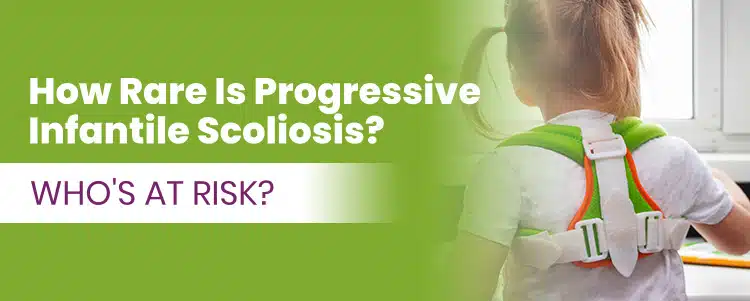

How Rare Is Progressive Infantile Scoliosis? Who’s At Risk?
Infantile scoliosis has a progressive rate of approximately 1%, and it develops in utero and it is one of the rarest known forms of scoliosis.
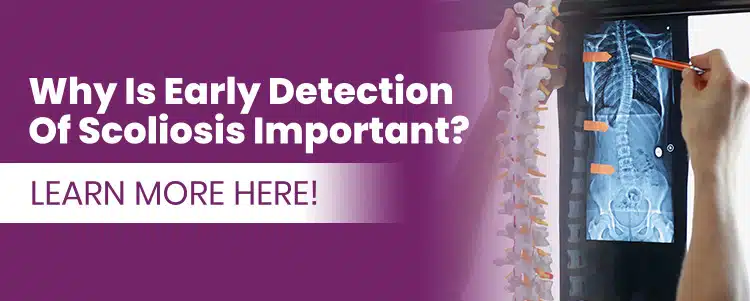

Why Is Early Detection Of Scoliosis Important? Learn More Here!
When left untreated scoliosis grows undetected. Early detection is often the best chance of keeping scoliosis progress at bay and reaching treatment success.


What Are The Chances Of Getting Scoliosis? Is It Hereditary?
The likelihood of getting scoliosis increases when someone in the family has been diagnosed with scoliosis before you, but that is not always the case.
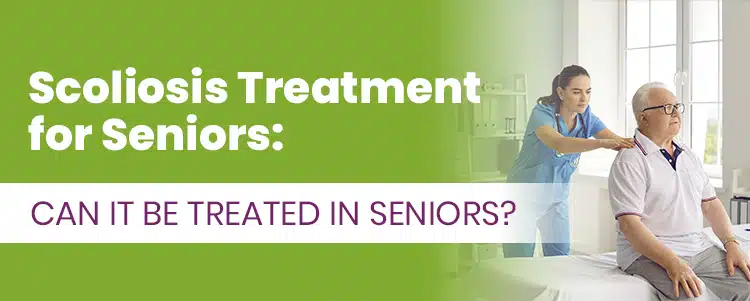

Scoliosis Treatment for Seniors: Can It Be Treated In Seniors?
Treating scoliosis in senior patients has a different focus than other age range patients, but it can be done with a condition-improvement focus.
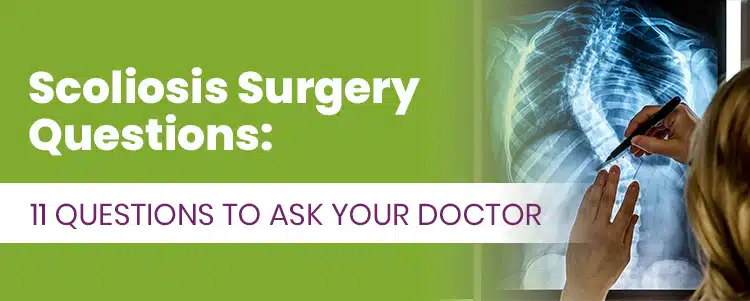

Scoliosis Surgery Questions: 11 Questions To Ask Your Doctor
Not all cases of scoliosis require surgery. However, asking the right questions about the best treatment approach to your doctor makes all the difference.
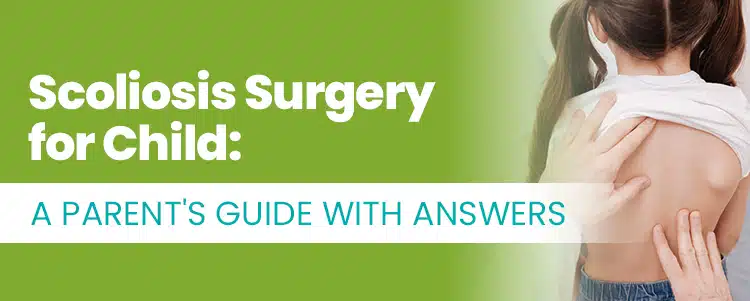

Scoliosis Surgery for Child: A Parent’s Guide With Answers
When it comes to treating scoliosis in children, parents need to be aware of the possible risks depending on the treatment option they chose for their child.
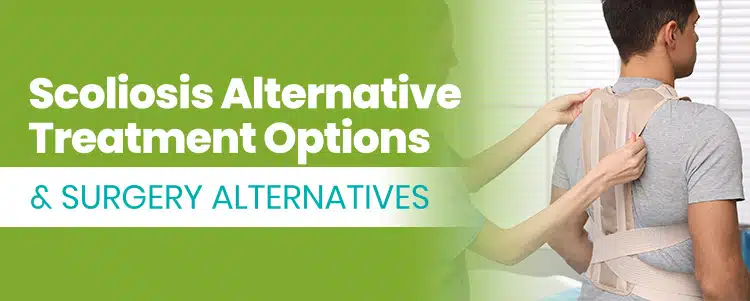

Scoliosis Alternative Treatment Options & Surgery Alternatives
Patients on the path of traditional scoliosis treatment are presented with spinal fusion as the only option for treatment but there are other options.
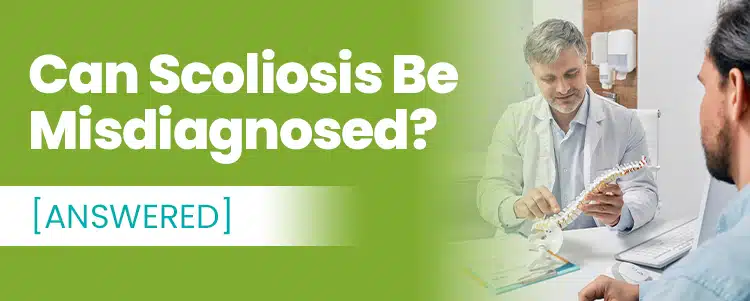

Can Scoliosis Be Misdiagnosed? [ANSWERED]
Scoliosis characteristics set it apart from most bodily conditions, which makes it a condition that is unlikely to be diagnosed or treated incorrectly.


How To Run With Scoliosis: Tips For Running With Scoliosis
Some physical activities might be considered safe for some patients and not for other patients.
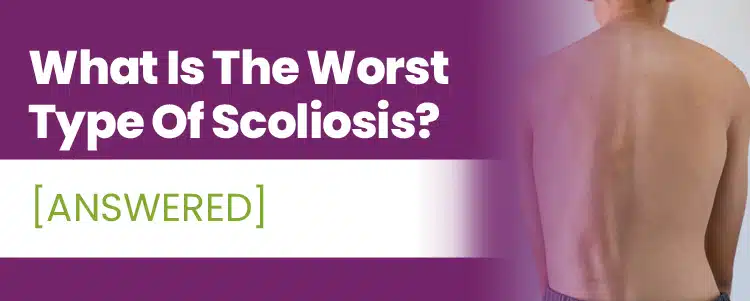

What Is The Worst Type Of Scoliosis? [ANSWERED]
Scoliosis is often deemed as complex due to all the different types a patient could have.
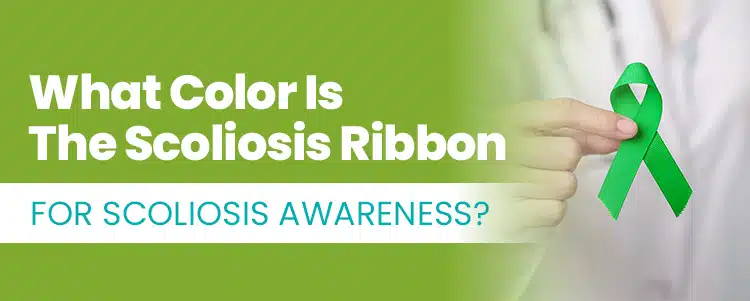

What Color Is The Scoliosis Ribbon For Scoliosis Awareness?
Spreading scoliosis awareness is important to aid early detection and intervention.
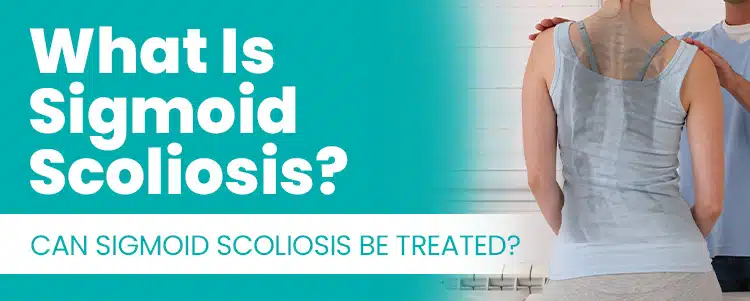

What Is Sigmoid Scoliosis? Can Sigmoid Scoliosis Be Treated?
When there are two unnatural curves in the spine this is known as sigmoid scoliosis.
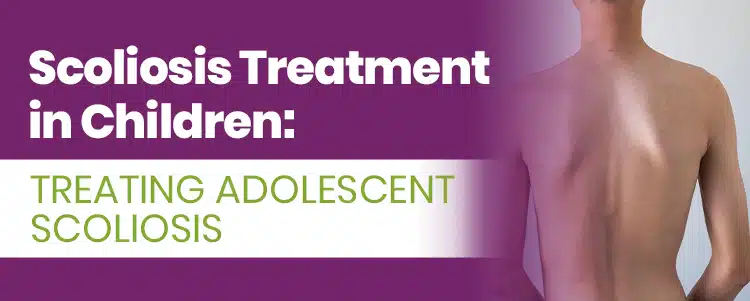

Scoliosis Treatment in Children: Treating Adolescent Scoliosis
Scoliosis is often diagnosed between the ages of 10 and 18 years. The treatment consists in achieving curvature reduction and preventing further growth.
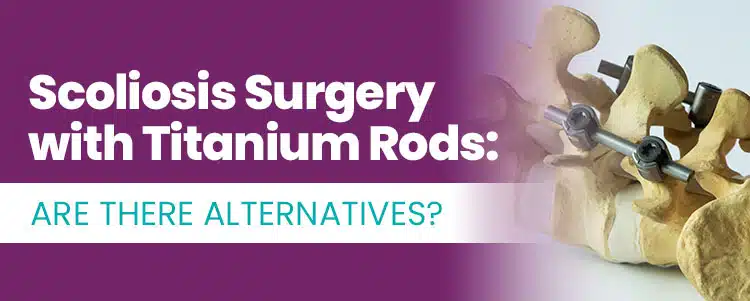

Scoliosis Surgery with Titanium Rods: Are There Alternatives?
Scoliosis surgery involves the use of titanium metal rods attached to the spine. However, there is an alternative, modern conservative scoliosis treatment.
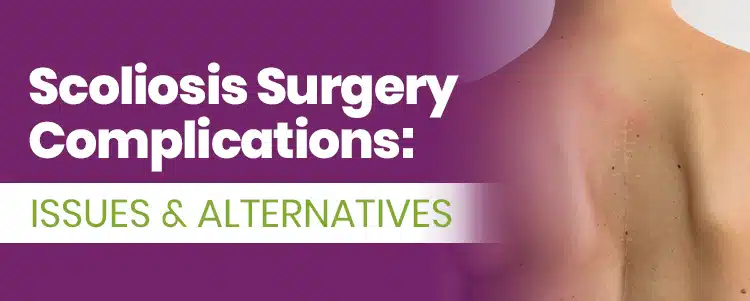

Scoliosis Surgery Complications: Issues & Alternatives
Scoliosis treatment varies by age, type, and severity. Surgery is an option, but not always necessary.
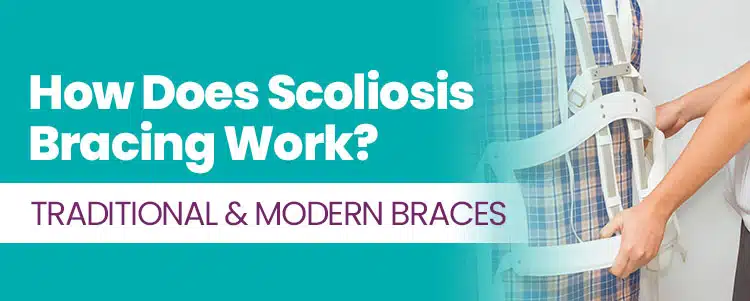

How Does Scoliosis Bracing Work? Traditional & Modern Braces
Scoliosis braces differ: traditional aims to stop, modern for correction. Learn about these treatment approaches.
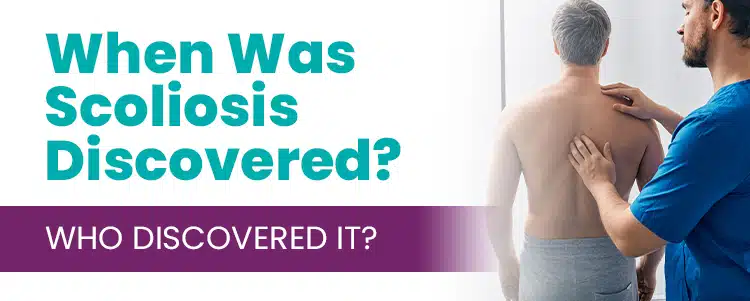

When Was Scoliosis Discovered? Who Discovered It?
Scoliosis, a spinal condition dating back to Hippocrates, affects millions today.
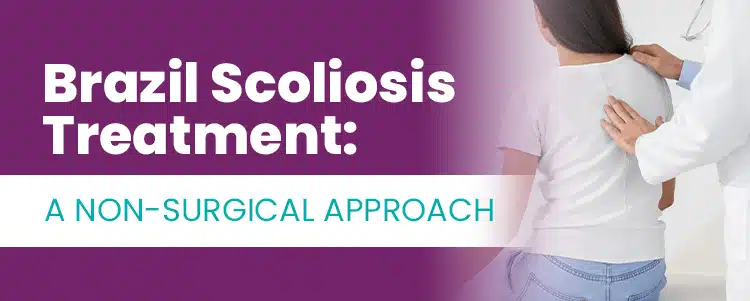

Brazil Scoliosis Treatment: A Non-Surgical Approach
Early scoliosis treatment decisions are crucial due to the condition's progressive nature.
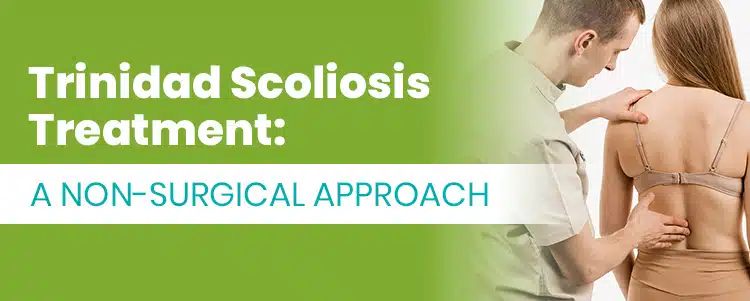

Trinidad Scoliosis Treatment: A Non-Surgical Approach
Early detection of scoliosis is key. Explore non-surgical treatment options for effective scoliosis care.